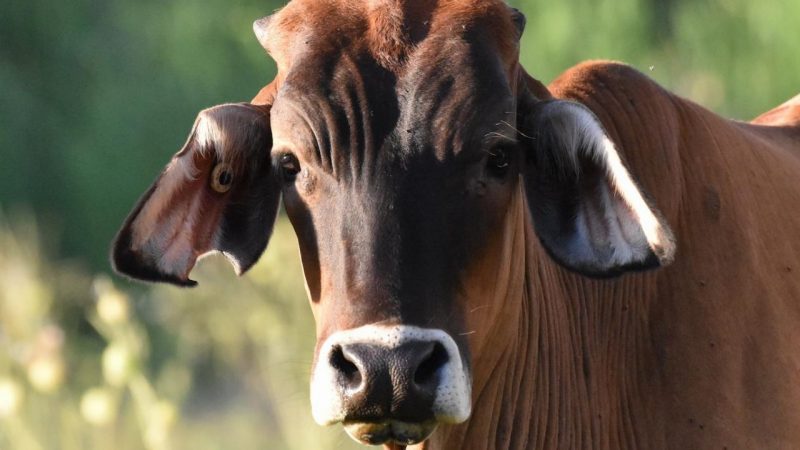- Australian agricultural exports are forecast to fall more than 16 per cent in 2023/24
- A drier climate brought on by El Niño is expected to affect crop yields
- The market value of cattle in Australia has fallen almost 50 per cent over the last 12 months
- Fertiliser remains an unknown in the years ahead as supply and demand dynamics are complicated
Gross Australian agricultural production is expected to decline in the coming years as the last three years of La Niña climate draw to a close.
The probability of an El Niño climate in Australia sits at 70 per cent, which holds the opposite effect to La Niña, resulting in less rainfall in parts of the country.
Canberra’s latest periodic data release on Australian agriculture, issued by the Australian Bureau of Agricultural and Resource Economics and Sciences, includes forecasted downtrends in production.
The value of agricultural exports in Australia is expected to fall by 16.5 per cent in 2023/24 due to lower production and prices.
The fertiliser question
The knock-on effect is then present for fertiliser producers, with fewer crops being planted in response to poor conditions meaning less demand for fertilisers.
Lower demand could mean that fertiliser makers need to lower prices, but if they stop producing in response to low demand, then supply issues could push the prices up.
ASX-listed companies in this space include Elders (ELD) and Incitec Pivot (IPL).
Wheat volatility
Wheat prices are expected to be volatile in the near term based on some supply concerns.
Macquarie Bank analysts noted that there is a high short interest in wheat futures right now, as people bet that demand will stay low.
Analysts pointed out that if there were to be a shortage of wheat, GrainCorp (GNC) could benefit financially.
Livestock troubles
Livestock prices continue to decline in Australia as demand for red meat weakens as high supermarket costs keep consumers looking for cheaper options.
The leading cattle index for the Australian market fell 3 per cent in June and remains down 49 per cent over the last year.
That’s half the market value of Australian cattle wiped out in the last year.

